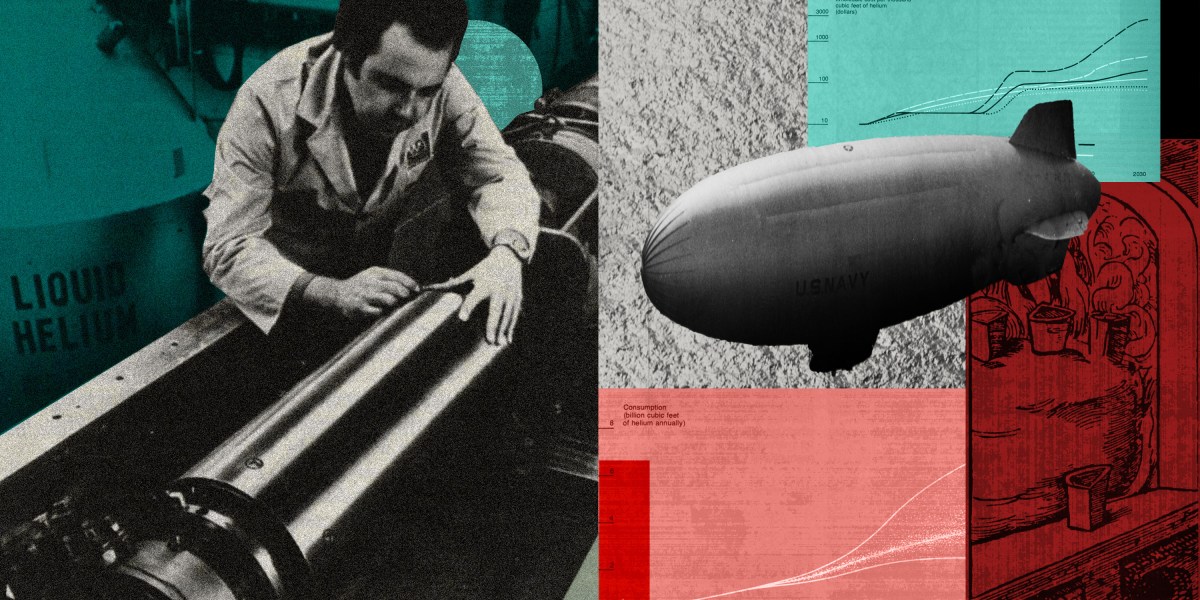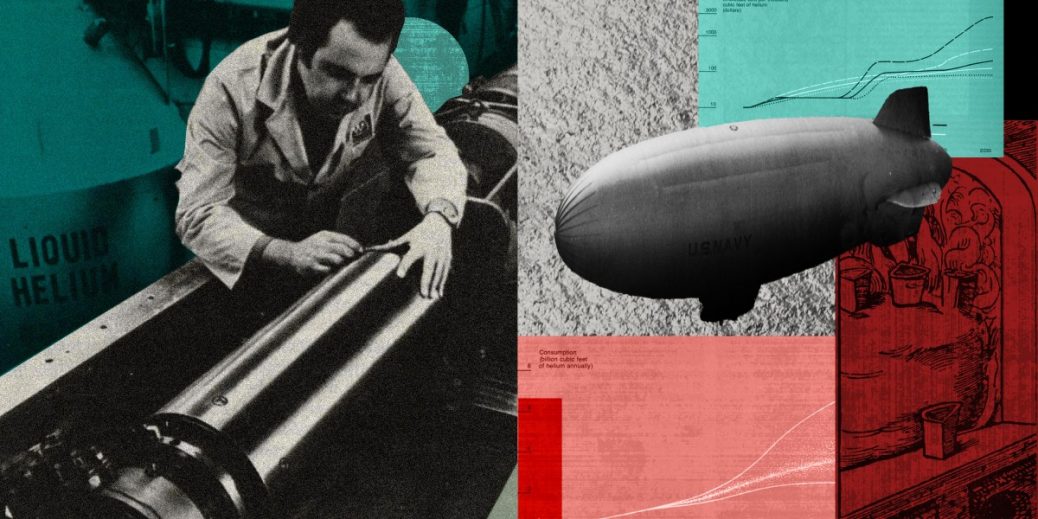
A delicate balance
The helium we use today formed from the breakdown of radioactive materials millions of years ago and has been trapped in rocks below Earth’s surface ever since.
Helium is usually extracted from these underground reservoirs along with natural gas, as John Mattill explained in an article from our January 1986 issue: “Helium can be readily separated from the gas before combustion, but the lower the helium concentration, the higher the cost of doing so.”
Generally speaking, helium concentrations must be at least 0.3% for gas companies to bother with it. Such levels can be found in only a handful of countries including the US, Qatar, Algeria, Canada, and South Africa.
Helium shortages are not caused by a lack of helium, then, but the inability of producers in those few countries to deliver it to customers everywhere in a timely manner. That can happen for any number of reasons.
“It is a very global business, and any time a war breaks out somewhere, or anything like that, it tends to impact the helium business,” says Kornbluth.
Another challenge is that helium atoms are so light Earth’s gravity can’t hold onto them. They tend to just, well, float away, even escaping specially designed tanks. Up to 50% of helium we extract is lost before it can be used, according to a new analysis presented by Siddhantakar last week at the International Round Table on Materials Criticality.
Given all this, countries that need a lot of helium—Canada, China, Brazil, Germany, France, Japan, Mexico, South Korea, and the UK are among the top importers—must constantly work to ensure a reliable supply. The US is one of the largest consumers of helium, but it’s also a leading producer.
For decades, the global helium market was closely tied to the US government, which began stockpiling helium in Texas in 1961 for military purposes. As Howland wrote in 1975, “The original justification of the federal helium conservation program was to store helium until a later time when it would be more essential and less available.”






Recent Comments